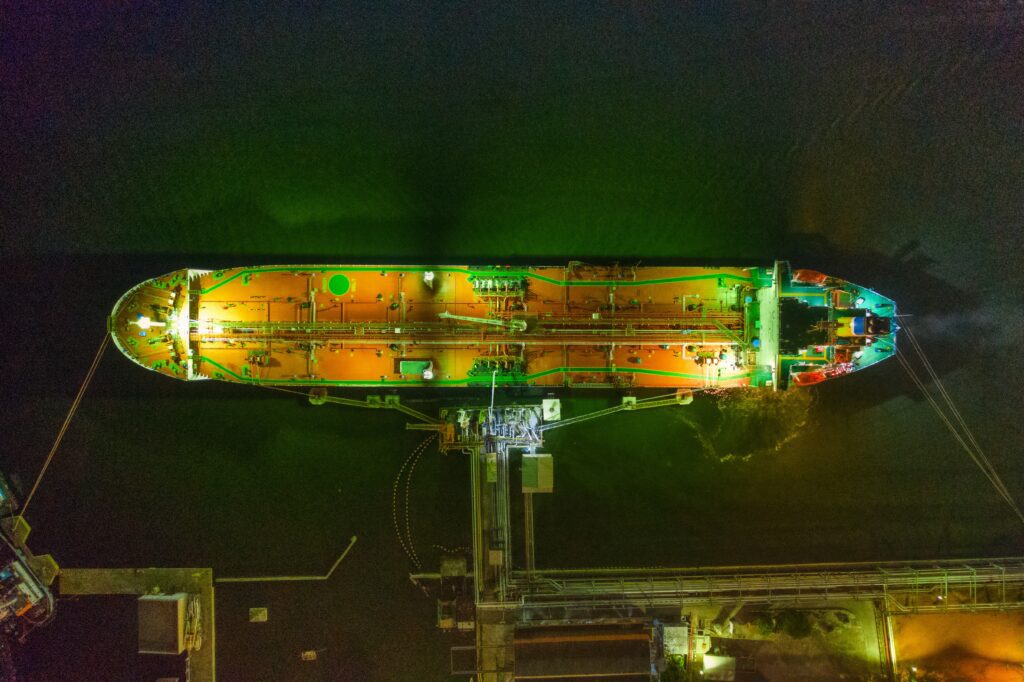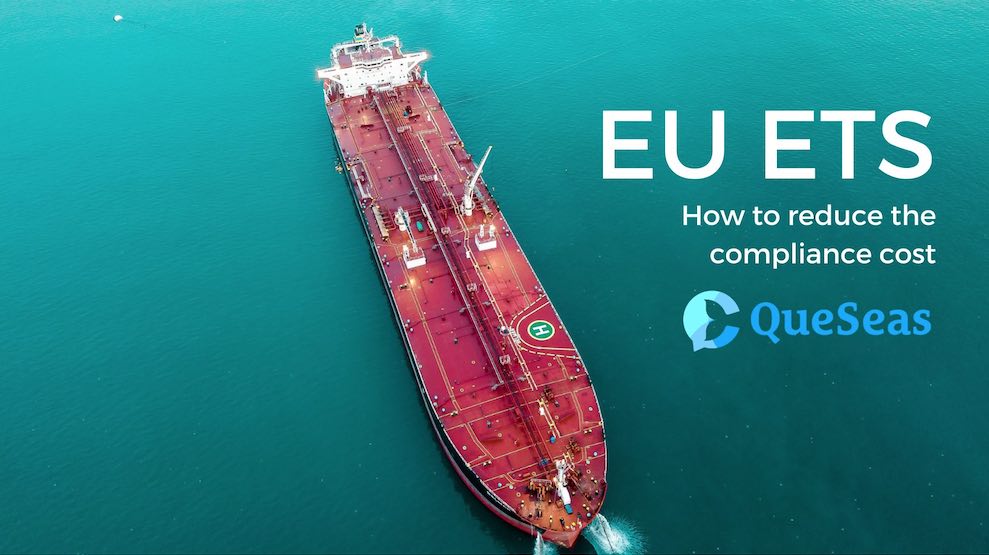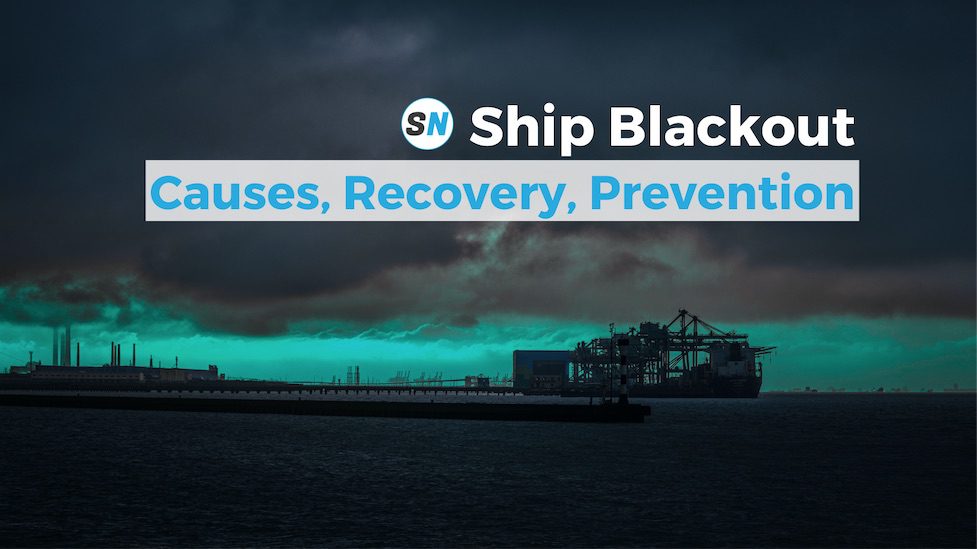28 November 2024
10 Tips for LNG storage tanks & FGSS design on new DF vessels

Queseas has prepared a list of recommendations and guidelines for LNG storage tanks and FGSS design (Fuel gas Supply System) for dual-fueled (DF LNG) vessels.
Concept
The fundamental philosophy of a fuel gas supply system (FGSS) in an LNG fuel fuelled vessel (excluding LNG carriers) is to manage the pressure of boil-off gas from the LNG fuel tanks and supply gas fuel (warmed-up LNG) to the main engine, auxiliary engines, and boilers. These fuel gas supply systems are designed and constructed in compliance with the IGF Code and Class requirements.
FGSS Design & Equipment
The design and equipment philosophy of the gas fuel handling system depends on the choice of the dual-fueled main engine by the shipowner. The main engine may operate on the “Diesel” cycle, requiring high-pressure gas injection (around 300 bar), or the “Otto” cycle, requiring low-pressure gas admission (around 15 bar). Dual-fueled auxiliary engines and boilers typically require low-pressure gas admission (less than 5 bar), and auxiliary boilers may also consume boil-off gas at very low pressures in free flow from the LNG fuel tanks.

The fuel gas supply system typically includes the following equipment:
- Glycol water system: A closed-loop system with a steam heater and two supply pumps that circulate glycol water solution as a heating medium in the high and low-pressure vaporizers.
- High-pressure and low-pressure vaporizers: Heat exchangers that warm up the LNG using glycol water solution, as needed.
- Low-pressure LNG fuel supply pumps: Usually submerged in the LNG fuel tanks, these pumps are used to supply LNG at low pressure to the fuel handling equipment or low-pressure gas consumers such as auxiliary engines or boilers.
- High-pressure LNG fuel supply pumps: Used to pressurize the LNG up to 300 bar in case of a main engine operating on the “Diesel” cycle with high-pressure gas injection.
- Boil-off gas compressor: Used to consume boil-off gas in the main engine and auxiliaries. The boil-off gas compressor can operate in high-pressure and low-pressure modes.
- Centralized control system.
- Safety devices and automation in compliance with the IGF Code.
- Nitrogen generators for nitrogen purging (inerting) of the LNG fuel tanks, components, and piping in order to reach a safe gas concentration when the fuel gas supply is stopped
The above-mentioned equipment is typically housed in an independent fuel gas preparation room (except for the nitrogen generators) which should be designed and constructed in accordance with the IGF Code and Class requirements.

Fuel Gas Supply System (FGSS) – How it works
Everything you need to know about a Fuel Gas Supply System (FGSS): What? Why? How it works? Components and Design
Ship Nerd
Guidelines for LNG Storage & FGSS Design
A list of recommendations for LNG storage tank and FGSS design can be summarized (but not limited) to the following:
1. Temperature Monitoring at Various Levels within LNG Storage Tanks: Install multiple temperature sensors within the tank to monitor temperature changes at different loading levels. This helps detect temperature discrepancies under various operational conditions.
2. Ensure Adequate BOG Handling Capacity: Design the fuel supply system to have sufficient capacity to handle both design and operational BOG. Operational BOG depends on the operating conditions of the vessel and may thus vary significantly. Neglecting operational BOG can lead to insufficient BOG handling capacity, increasing the probability of BOG dumping or venting.
3. Top Filling Line for Pressurized LNG Storage Tanks : Ensure the installation of a top filling line on pressurized LNG storage tanks to facilitate better fuel mixing and prevent LNG stratification. This assists in maintaining an optimal loading flow rate and helps control Boil-Off Gas (BOG) during bunkering.
4. Holding Time and Pressure Accumulation inside the LNG storage tanks : Ensure the LNG storage tank’s holding time meets the IGF requirements (15 days) and provides sufficient pressure accumulation capacity to cover realistic operational conditions. Consider redundancy and alternative means of pressure management to prevent unwanted emergency venting.
5. Run Realistic Holding Time Calculations for Different Scenarios: Understand that operating holding times can significantly differ from theoretical calculations due to LNG ageing, the liquid level in the tank, etc. Designers and vessel operators should collaboratively define conditions for different scenarios early in the design process.
6. Redundancy in BOG Pressure Management Equipment : Implement at least two fully independent active systems of BOG pressure control, especially for tanks with limited pressure accumulation capability, to ensure availability and reliability in managing BOG.
7. Free Flow BOG to Consumers: Utilize free flow BOG systems for efficient handling, especially in simpler systems or as a backup in more complex ones. Free flow of BOG means feeding consumers with excess gas by simply using the pressure difference between the tank and the consumer. Ensure the machinery operates in the full gas system flow and consider the installation of heat exchangers for the BOG temperature increase for consumption.
8. Emergency BOG Line: Install a dedicated emergency BOG line for specific tank types to maintain BOG consumption and control tank pressure in emergency scenarios, as required by IGF standards (paragraph 6.9.1.1.)
9. Select Appropriate Pressure Management Means: Choose active pressure management means for consumers based on their intended use, considering the entire pressure range, gas flow rate, and nitrogen content.
10. Crew-Operated Tank Pressure Control Valves: Install tank pressure control valves that can be controlled by the crew in emergency venting vents to prevent their uncontrolled opening/venting.
Read the IGF Code and SGMF Guidelines Carefully: Familiarize yourself with the IGF Code and the latest SGMF Guidelines on LNG Fuel Tanks – Pressure and Temperature Management Strategies for Gas Fueled Vessels.
Source: Queseas
See Also
QueSeas has published an article focusing on the side effects of the inclusion of shipping in the EU Emissions Trading System (EU ETS).
The enforcement of the EU ETS may give industry stakeholders financial incentives to avoid voyages in the European Economic Area (EEA) and utilize neighboring non-EU countries as intermediate calls. This study investigates the carbon leakage possibility in the crude oil trade of the EU. Exploring three scenarios based on three common crude oil trading routes. Our results show that alternative pathways could lead to revenue loss for the EU ETS and increase the risk of carbon leakage.

A potential loophole in the EU ETS
Queseas has published an article focusing on the side effects of the inclusion of shipping in the EU Emissions Trading System (EU ETS).



